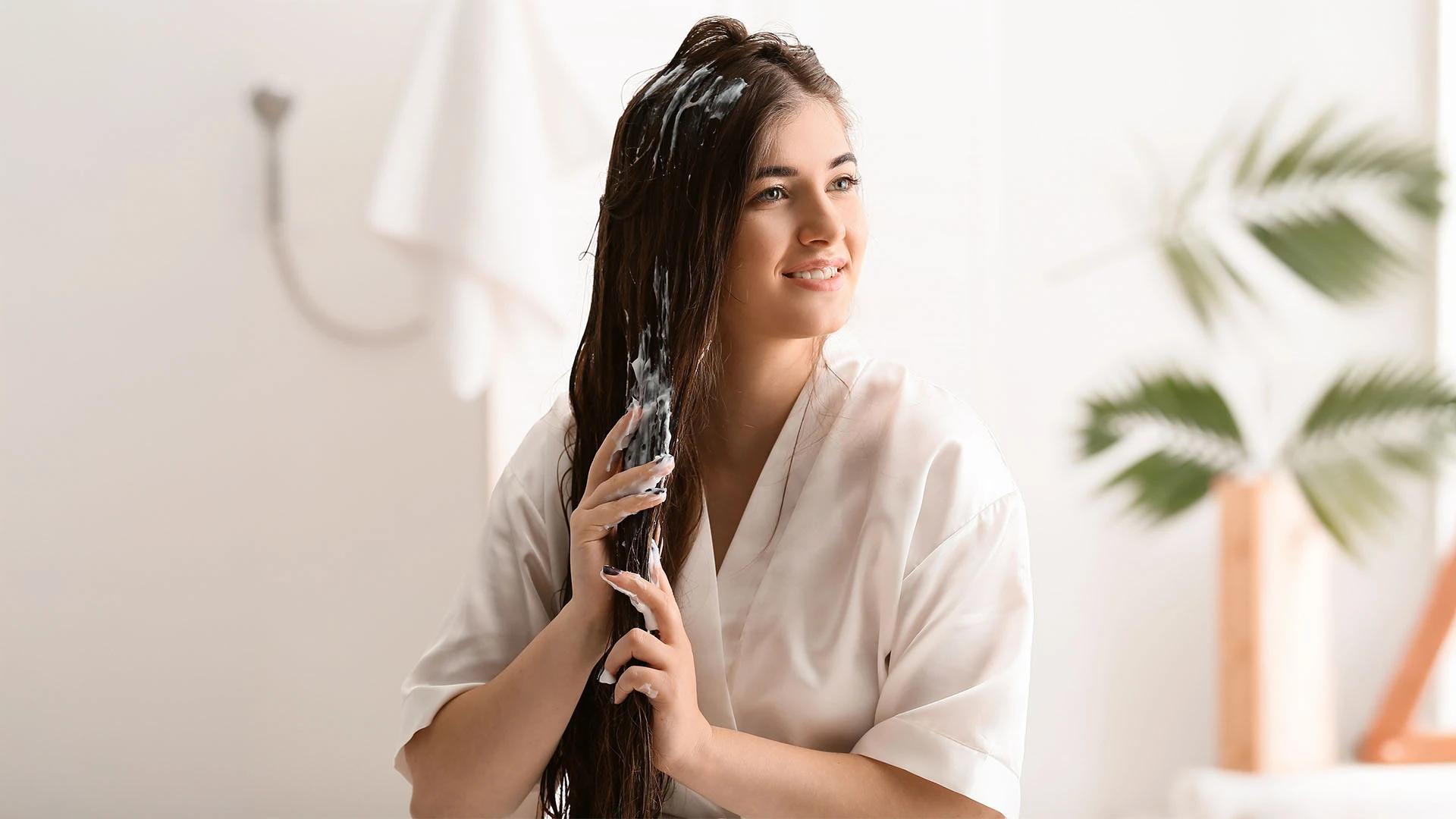Let's be real—damaged hair can make you feel like nothing's working your way. Between the heat styling, chemical treatments, and everyday stressors, your strands might be crying out for some serious TLC. That's where deep conditioning comes in as your ultimate hair treatment hero. Think of it as a hydrating facial for your hair—one that actually works. We're about to dive into everything you need to know about bringing your hair back to life, from understanding what's gone wrong to creating a routine that'll have your strands looking fab again. Ready to discover your next haircare obsession?
Understanding Hair Damage and Its Causes
Before we jump into solutions, let's chat about what's actually happening to your hair. Damage isn't just about split ends—though they're definitely part of the story. Your hair cuticles (the outer layer) can lift and crack, making strands look dull and feel rough. The cortex underneath can lose moisture and proteins, leading to breakage and weakness.
Several culprits might be behind your hair woes. Environmental stressors like UV rays and pollution are constantly working against you. Heat styling tools—your straighteners, curling irons, and blow dryers—can literally cook your hair if used too frequently or at high temperatures. Chemical treatments like colouring, perming, or relaxing alter your hair's structure, sometimes leaving it fragile. Even everyday habits like aggressive brushing or tight hairstyles can contribute to damage over time.
The Science Behind Deep Conditioning
Here's where things get interesting. Deep conditioning is basically a more intense version of your regular conditioner—think of it as the difference between a quick face mask and a spa facial. While regular conditioners work on the surface, deep conditioners penetrate deeper into the hair shaft to deliver moisture and nutrients where they're needed most.
The magic happens through ingredients that can actually fill in gaps in damaged cuticles and temporarily smooth the hair surface. These treatments contain larger molecules of moisturising ingredients that need more time to work their way into your strands. That's why you leave them on longer than your usual conditioner—usually 10-30 minutes instead of the typical 2-3 minutes.
Benefits of Deep Conditioning for Hair Repair
The perks of regular deep conditioning sessions are honestly game-changing. First up, moisture restoration—your hair drinks up all that hydration like it's been wandering in a desert. This helps improve hair elasticity, which means your strands become more flexible and less likely to snap when you style them.
You'll also notice a significant reduction in breakage and those pesky split ends. Deep conditioning helps seal the cuticles, creating a smoother surface that reflects light better. The result? Enhanced shine that makes your hair look healthier and more vibrant. Plus, well-conditioned hair is way more manageable—no more wrestling with tangles or dealing with frizz that has a mind of its own.


 200 gm
200 gm 200 gm
200 gm 1 unit
1 unit 250 gm
250 gm